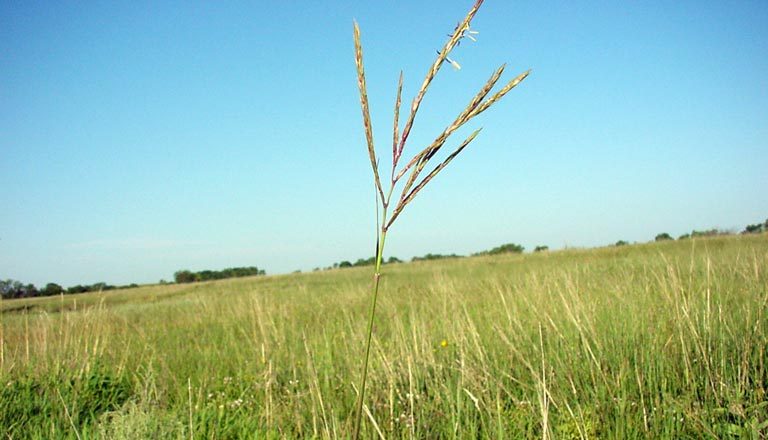Farming

Native warm-season grasses are bunch grasses indigenous to North America that actively grow during the warm months of the year, April through September. These native forages are a great option for those wanting to graze livestock and provide habitats for wildlife. With droughts seemingly becoming more and more frequent, producers need forages that are adapted to these situations like the native warm-season grasses, which have deep root system and water holding capabilities. This five-chapter publication includes information on the following:
- Chapter One: Introduction
- Chapter Two: Species Selection and Establishment Planning
- Chapter Three: Planting
- Chapter Four: Follow-Up During the Seedling Year
- Chapter Five: Case Histories
This publication also includes an appendix that includes photos and identification tips that assist with seedling identification.
Read More
To read the full version of this publication, download a PDF of Establishing Native Grass Forages in the Southeast, PB 1873.
This publication is a collaborative effort among professionals from Alabama Extension at Auburn University, the University of Tennessee, and the University of Georgia.
Landon Marks, County Extension Director, Alabama Extension at Auburn University; Leanne Dillard, Extension Specialist and Assistant Professor, Alabama Extension at Auburn University; Patrick D. Keyser, Professor and Director, Center for Native Grasslands Management, Forestry, Wildlife and Fisheries, University of Tennessee; and Dennis W. Hancock, Professor and Extension Forage Agronomist, University of Georgia.
New May 2029, Establishing Native Grass Forages in the Southeast, PB 1873
Featured photo credit: Chris Evans, University of Illinois, Bugwood.org

